
an aging bellydancer (mid 40s) who lives up the side of the mountain and spends more time dancing in my garden than onstage.
206 posts
Latest Posts by mosspunkdancer - Page 2
I have nothing to add. I just like it


These are so fun to make
I was told (in my 20s) that I didn't know my own mind, and that because I wasn't married the Dr wouldn't perform a sterilization. Now that I'm in my 40s, I'm happily sterilized. I wish it had happened 20 years ago.
psst. hey
people who are legal adults who want their tubes tied or top surgery etc etc should be able to do so full stop.
"oh but what if they regret it for the rest of their lives"
okay. so what.
Adults make decisions about our lives, that's what being an adult is. We may decide to get a face tattoo, or quit a promising job, or join the army, or move to another country.
That's practically all we do as adults. We make decisions that effect the rest of our life, and then we live, or sometimes die, accordingly. Maybe i'll spend the rest of my life regretting telling my influential boss he doesn't know his ass from a hole in the ground, but, as an adult, that's the kind of life decision i am allowed to make for myself. And after all, it might be the best thing i ever did. It's my life, and i get to do all the fucking around and all the finding out i want to.
surgical transition, or sterilization, or whatever... is exactly the same. If you aren't going to let a legally adult person decide for themself about that stuff, then you can't let them get a tattoo or move to Florida either
It took a long time for me to get around to reading the hunger games. I watched the first movie and went, "nah, it's just another YA distopia." Never watched another movie.
Literally a decade later, I read it. It jas so much more depth and nuance than I ever imagined. And Peta's story is heart wrenching. Absolutely gutting.
if i think about the hunger games in peeta's perspective i WILL start sobbing
I remember reading this when I was younger. In my 30s I looked for a new copy, and was very pleased to find it stands up well

“Kazul’s not my dragon.“ Cimorene said sharply. “I’m her princess. You’ll never have any luck dealing with dragons if you don’t get these things straight.”
Dealing With Dragons - Patricia C. Wrede
This style of Liberty & Co dresses make me so excited

Walking Dress
Liberty & Co.
1906-1907
Gemeentemuseum Den Haag
Can you imagine? The last quarter of the 1400s BCE! We are lucky to have cloth from the 1400s CE. This fabric is 3500 years old!



It doesn’t look that exciting, but this linen is from the New Kingdom (ca. 1492–1473 B.C.)
Thinking about it for too long makes me feel absolutely insane.
We always make fun of fashion

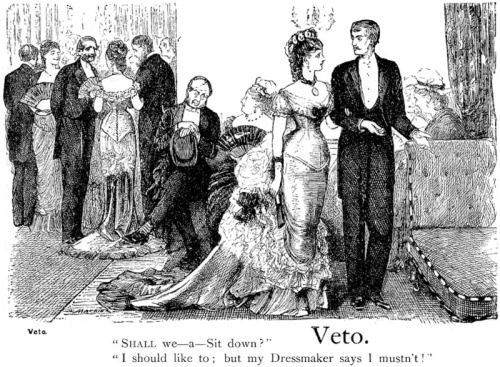
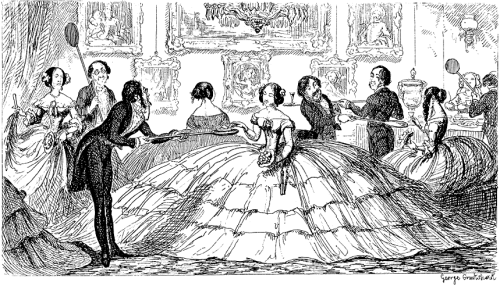
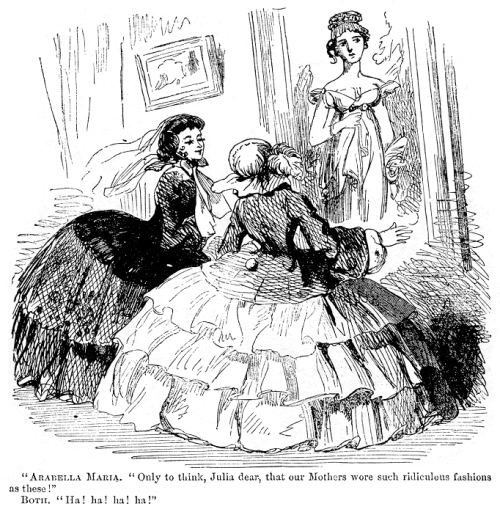
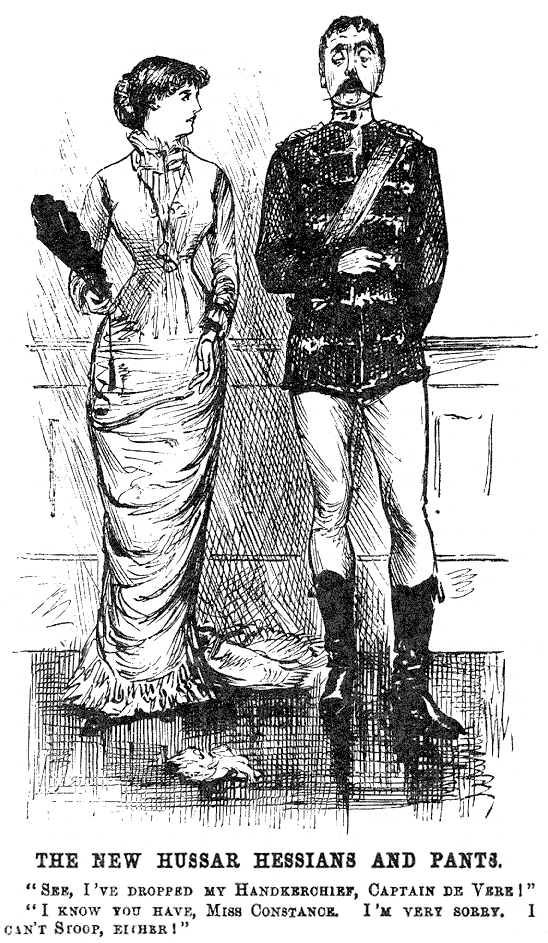
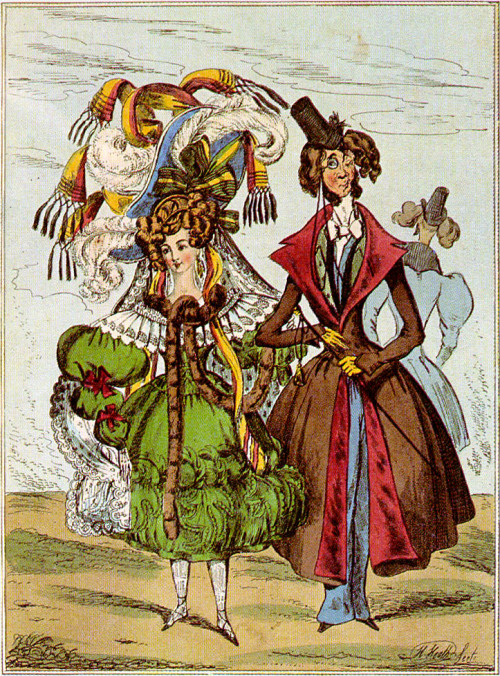
Assorted 19th century fashion cartoons, ranging from the 1830s-1890s.
Adding on. There was high levels of arsenic in browns, reds, and some yellows as well, so it isn't just the green to watch out for. Additionally, they started selling greens and browns that were labeled as "arsenic free" and testing revealed more arsenic than an "accidental or trace amount." Even if they tried to be safe, they were at risk.
We talk about the clothing because that's easy, but let's not forget this pigment was everywhere. A bigger problem was things like wall paper. Because arsenic is water soluble, and London is very humid, you end up with people inhaling large amounts of poison without even wearing dangerous clothing.
I don’t know who needs to hear this today, but:
- arsenic dye was used to make multiple shades of green in the 18th/19th centuries
- green dyes without arsenic were also still in common use
- consumer outcry against arsenic dye started as early as the 1860s, with many manufacturers beginning to phase it out around that time due to customer demand
- arsenic – dyed clothing is not likely to do more to the wearer than cause a skin rash. The majority of deaths from exposure to the dye were caused by other, more concentrated sources, and/or among workers exposed to large quantities of the pigment on a daily basis rather than consumers
- IT IS IMPOSSIBLE TO TELL IF A GREEN ANTIQUE GARMENT IS DYED WITH ARSENIC WITHOUT CHEMICAL TESTING. There is NO telltale quality visible to the naked eye that I am aware of
This is how new hobbies get started.
Read a post think, "I think I've got everything but the respirator for this."
I'm not entirely happy with it yet; might take another hour or so with extra fine sandpaper. But I made myself a historical bone needle and have two more rough ones roughed out and drilled. Threaded it with linen thread just to do a couple stitches on linen and see how it works.

Lies! Textiles are always welcome to come home with me.
I don't know who needs to hear this, but
YOU DO NOT NEED TO START A NEW HOBBY!
STEP AWAY FROM THE TEXTILES!
YOU DON'T NEED MORE YARN!
THAT FABRIC IS NOT CALLING TO YOU! LEAVE IT ALONE!
I, too, self identified as a child as an "unsupervised 4-H kid with weird hobbies." I am now fully grown and am in the SCA. I wish I had random kids that would come learn things from me. I don't actually like kids, but I like making things, and I remember how hard it was to find supplies as a teen, college student, and new-adult.
My stage career began when I was a little under two months old, when I took the spotlight as Baby Jesus in a Christmas pageant. I’m told that I did a wonderful job and slept calmly through the whole thing, which can only speak to my talents as an actress, because I was 1. the wrong gender 2. a colicky screaming demon of a baby and 3. about as far from divine as it’s possible for an allegedly-human child to be.
I continued to be actively involved in theater as a kid (and frequently played roles of various small animals, because I was tiny for my age). Around the age of ten, I was cast as the lead character in a musical about cowboys that I no longer remember the name of. It was my first real lead role, and I took it very, very seriously. And because I am myself, that means I maaaaybe went…a little overboard.
My character’s introduction was early in the play, accompanied by the crack of a bullwhip. This was more-or-less pre internet (or, at least, our director was not tech-savvy enough to find sound effects online) and we didn’t have a sound effect track for that noise. There were plans to acquire the appropriate sound effect before opening night, but I rapidly tired of making my entrance during rehearsals to the sound of someone yelling “BULLWHIP NOISE!”
This, I thought to myself, is a problem I can solve.
I learned early in life that it’s good to be friends with people who have skills; they always come in handy eventually. After rehearsals one day, I put on my cowboy boots and biked a couple miles over to my friend Grace’s house. I went down to their basement and knocked on her older brother’s door.
“Hello,” I said. “I need to learn how to use a bullwhip.”
“….Okay,” he said. It did not seem to occur to him that he might ask further questions about why I, a tiny horrible munchkin composed exclusively of rage and pointy elbows, needed to be weaponized any further. Clearly, I had come to the right person.
My friend’s older brother would have been an SCA nerd, if SCA was a thing where we were. Instead, he was one of those unsupervised 4H kids with weird hobbies, largely oriented around ancient forms of combat. He was somewhere in his late teens at this time, and he liked to make stuff. It was an urge I, even at age ten, could sympathize with. His name was Aron.
Aron got out his bullwhip (which I had noticed hanging on his wall on a prior visit, and had filed away mentally under a for future use tab) and we went to the backyard.
“Step one of using a bullwhip,” Aron began, “Swinging the bullwhip.”
We rapidly discovered that since I was god’s tiniest, angriest creation, a full-size bullwhip was way too long for me to use. Aron’s shins suffered for my attempt.
“…Step one of using a bullwhip,” Aron said, “Making a bullwhip.”
So we went back inside, found a tanned cowhide (that he just…had? I don’t remember if there was a reason for this.) and some razor blades, and I learned how to cut and braid a bullwhip. It took a few tries, and I wound up coming back for a while, because I kept getting frustrated with the bullwhip-braiding process and Aron kept distracting me with bait like: “Hey kid, wanna learn to make some chainmail?” and “Hey kid, wanna fletch some arrows?” and “Hey kid, wanna try doing horseback archery?”
Obviously the answer to these questions was “BOY, WOULD I EVER!” Some delays are necessary to the artistic process.
(At one point my mom asked me “Hellen, what are you doing over at Grace’s house all the time?” And I, perfectly innocent, said, “Making weapons!” and my mother, who never understood why I was like this, but accepted that a girl has needs and those needs occasionally involve stocking a personal armory, said “Okay! Have fun!”)
Soon, the bullwhip, size extra small, was finished. The lessons on actual bullwhip use commenced.
It should be noted that Aron was self-taught, and really had no idea what to do, so this was mostly an exercise in the two of us standing twenty feet apart and flailing wildly with our respective whips until snapping noises happened. And then we figured out what we’d done to make the snapping noises. And then we kept doing that. Extremely vigorously. So vigorously that at one point one of the bullwhips launched into the air and caught on a tree branch and we hand to drag the trampoline over so Aron could bounce me high enough to grab it. But we persisted!
Eventually we reached a point where we could line up pop cans on a fence rail and hit them off three times out of five.
Feeling extremely accomplished and like I finally understood method acting, I packed my bullwhip into my backpack for the next play rehearsal. Soon enough, it was time for me to make my entrance.
I leaped on stage in my cowboy boots and cracked the bullwhip as hard as I could, immediately launching into the song despite the fact that the sound of five feet of braided leather breaking sound barrier had startled the accompanist so badly she’d keysmashed on the piano.
The director shouted something she probably shouldn’t have shouted in a room full of small children, and then demanded, “WHERE DID YOU GET THAT!”
“I made it!” I declared proudly. “I’m a cowgirl! I can make my own bullwhip noise!”
“You…made it?”
“Yes! Because we needed a bullwhip sound effect. And bullwhips are where bullwhip sound effects come from!”
This was, of course, impeccable logic.
It is apparently difficult to argue with a gleeful ten year old who happens to be armed with a bullwhip longer than she is tall. After some negotiation, the director agreed that I could use my bullwhip for my opening song, provided that I didn’t pop it while anyone was anywhere near me on stage and I didn’t let anyone else play with it. These terms were acceptable to me.
Somehow, no one was injured and the play went off without a hitch. We can only chalk up these things to the magic of the theatre.
Nearly a decade later, an unsuspecting college classmate asked me, “Hellen, wanna take a class on bullwhip combat with me?”
And obviously I answered, “BOY, WOULD I EVER!”
Saving so that I can make sure to include some of these points in my paper about art fraud in artifacts and antiquities.
I get variations on this comment on my post about history misinformation all the time: "why does it matter?" Why does it matter that people believe falsehoods about history? Why does it matter if people spread history misinformation? Why does it matter if people on tumblr believe that those bronze dodecahedra were used for knitting, or that Persephone had a daughter named Mespyrian? It's not the kind of misinformation that actually hurts people, like anti-vaxx propaganda or climate change denial. It doesn't hurt anyone to believe something false about the past.
Which, one, thanks for letting me know on my post that you think my job doesn't matter and what I do is pointless, if it doesn't really matter if we know the truth or make up lies about history because lies don't hurt anyone. But two, there are lots of reasons that it matters.
It encourages us to distrust historians when they talk about other aspects of history. You might think it's harmless to believe that Pharaoh Hatshepsut was trans. It's less harmless when you're espousing that the Holocaust wasn't really about Jews because the Nazis "came for trans people first." You might think it's harmless to believe that the French royalty of Versailles pooped and urinated on the floor of the palace all the time, because they were asshole rich people anyway, who cares, we hate the rich here; it's rather less harmless when you decide that the USSR was the communist ideal and Good, Actually, and that reports of its genocidal oppression are actually lies.
It encourages anti-intellectualism in other areas of scholarship. Deciding based on your own gut that the experts don't know what they're talking about and are either too stupid to realize the truth, or maliciously hiding the truth, is how you get to anti-vaxxers and climate change denial. It is also how you come to discount housing-first solutions for homelessness or the idea that long-term sustained weight loss is both biologically unlikely and health-wise unnecessary for the majority of fat people - because they conflict with what you feel should be true. Believing what you want to be true about history, because you want to believe it, and discounting fact-based corrections because you don't want them to be true, can then bleed over into how you approach other sociological and scientific topics.
How we think about history informs how we think about the present. A lot of people want certain things to be true - this famous person from history was gay or trans, this sexist story was actually feminist in its origin - because we want proof that gay people, trans people, and women deserve to be respected, and this gives evidence to prove we once were and deserve to be. But let me tell you a different story: on Thanksgiving of 2016, I was at a family friend's house and listening to their drunk conservative relative rant, and he told me, confidently, that the Roman Empire fell because they instituted universal healthcare, which was proof that Obama was destroying America. Of course that's nonsense. But projecting what we think is true about the world back onto history, and then using that as recursive proof that that is how the world is... is shoddy scholarship, and gets used for topics you don't agree with just as much as the ones you do. We should not be encouraging this, because our politics should be informed by the truth and material reality, not how we wish the past proved us right.
It frequently reinforces "Good vs. Bad" dichotomies that are at best unhelpful and at worst victim-blaming. A very common thread of historical misinformation on tumblr is about the innocence or benevolence of oppressed groups, slandered by oppressors who were far worse. This very frequently has truth to it - but makes the lies hard to separate out. It often simplifies the narrative, and implies that the reason that colonialism and oppression were bad was because the victims were Good and didn't deserve it... not because colonialism and oppression are bad. You see this sometimes with radical feminist mother goddess Neolithic feminist utopia stuff, but you also see it a lot regarding Native American and African history. I have seen people earnestly argue that Aztecs did not practice human sacrifice, that that was a lie made up by the Spanish to slander them. That is not true. Human sacrifice was part of Aztec, Maya, and many Central American war/religious practices. They are significantly more complex than often presented, and came from a captive-based system of warfare that significantly reduced the number of people who got killed in war compared to European styles of war that primarily killed people on the battlefield rather than taking them captive for sacrifice... but the human sacrifice was real and did happen. This can often come off with the implications of a 'noble savage' or an 'innocent victim' that implies that the bad things the Spanish conquistadors did were bad because the victims were innocent or good. This is a very easy trap to fall into; if the victims were good, they didn't deserve it. Right? This logic is dangerous when you are presented with a person or group who did something bad... you're caught in a bind. Did they deserve their injustice or oppression because they did something bad? This kind of logic drives a lot of transphobia, homophobia, racism, and defenses of Kyle Rittenhouse today. The answer to a colonialist logic of "The Aztecs deserved to be conquered because they did human sacrifice and that's bad" is not "The Aztecs didn't do human sacrifice actually, that's just Spanish propaganda" (which is a lie) it should be "We Americans do human sacrifice all the god damn time with our forever wars in the Middle East, we just don't call it that. We use bullets and bombs rather than obsidian knives but we kill way, way more people in the name of our country. What does that make us? Maybe genocide is not okay regardless of if you think the people are weird and scary." It becomes hard to square your ethics of the Innocent Victim and Lying Perpetrator when you see real, complicated, individual-level and group-level interactions, where no group is made up of members who are all completely pure and good, and they don't deserve to be oppressed anyway.
It makes you an unwitting tool of the oppressor. The favorite, favorite allegation transphobes level at trans people, and conservatives at queer people, is that we're lying to push the Gay Agenda. We're liars or deluded fools. If you say something about queer or trans history that's easy to debunk as false, you have permanently hurt your credibility - and the cause of queer history. It makes you easy to write off as a liar or a deluded fool who needs misinformation to make your case. If you say Louisa May Alcott was trans, that's easy to counter with "there is literally no evidence of that, and lots of evidence that she was fine being a woman," and instantly tanks your credibility going forward, so when you then say James Barry was trans and push back against a novel or biopic that treats James Barry as a woman, you get "you don't know what you're talking about, didn't you say Louisa May Alcott was trans too?" TERFs love to call trans people liars - do not hand them ammunition, not even a single bullet. Make sure you can back up what you say with facts and evidence. This is true of homophobes, of racists, of sexists. Be confident of your facts, and have facts to give to the hopeful and questioning learners who you are relating this story to, or the bigots who you are telling off, because misinformation can only hurt you and your cause.
It makes the queer, female, POC, or other marginalized listeners hurt, sad, and betrayed when something they thought was a reflection of their own experiences turns out not to be real. This is a good response to a performance art piece purporting to tell a real story of gay WWI soldiers, until the author revealed it as fiction. Why would you want to set yourself up for disappointment like that? Why would you want to risk inflicting that disappointment and betrayal on anyone else?
It makes it harder to learn the actual truth.
Historical misinformation has consequences, and those consequences are best avoided - by checking your facts, citing your sources, and taking the time and effort to make sure you are actually telling the truth.
I love the crows that live in the neighbors' yard. I feed them their favorite (cherries) whenever possible.

Because this is a great, approachable listing of what is wrong with almost all of the books on "minoan" culture.
Or the Kaptaritum (Akkadian), Kaptara (Ammorites), Kptr (Ugarit), kft/keftiu (Egyptian), Kabturi (neo Assyrian, and I'm cheating because that's what they called the island not the people), or Kapte (Mycenean, and again, the island) people. Or whatever you want to call them. It is awfully easy to make a culture out to be whatever you want it to be when they can't speak for themselves.
you got your known Minoans and your unknown Minoans (part three)
(reposted, with edits, from Twitter)
(part one, part two on Tumblr)

So, in Part One of this I talked about the Boston Goddess and how she’s probably a forgery, and in Part Two I talked about Arthur Evans and how much of a prat he was.
Now onto how we got a “Minoan” civilization.
Keep reading
Beautiful embroidery



Spiderweb Embroidery // Black Cat Creative
I fully support cheap and dirty re-enactment for fun. For as much time as I spend reading archeological papers and trying to figure out what exsactly people were doing for clothing or dance.... it's far more fun to wear a blanket, boogie down to some ambient music, and eat like you had to grow it all yourself.

completely obsessed with this. partially inspired my slavic breakfasts. i’m planning a vampire dinner where everything i cook is going to be red.
This recreation is a goal!



My most recent make is this ancient Minoan ensemble! It consists of a tunic (heanos) worn under a flounced wraparound skirt shaped like a double-bladed axe (labrys). Despite how heavy the linen skirt is, the entire outfit is surprisingly easy to move around in. I even waded into the river to rescue a bee!

Hot Girl Activities
Used bookshops are magical.
use, and i cannot stress this enough, thriftbooks
One of the coolest things about this dress is that the beads were manufactured to look like lapis. Making this the oldest known knock-off of a high end garment in existence.

A 4,500-year-old Egyptian dress was painstakingly reassembled from approximately 7,000 beads found in an undisturbed tomb in Giza, Egypt. The dress is thought to have belonged to a female contemporary of King Khufu (2589-2566 BC). While the original strings had disintegrated over the years, the beads were still in their original position, allowing for an accurate reconstruction. Although the color of the beads had faded, they were originally blue and turquoise. Initially believed to have been worn for a dancing ritual, the dress's heavy weight suggests that it may have been used during funerals, according to archaeologists.
More: https://thetravelbible.com/mysterious-archaeological-finds/
Support us: https://www.facebook.com/becomesupporter/museum.of.artifacts/
Thr sumarians got fancy with theirs and added cut neck holes and a metric fuck ton of fringe.


Costume. Chitons.
Blocking draws your eye around the form by creating contrasts to disguise the body.
Blocking only creates uninformed bubbles.
actually blocking creates a fun internet experience where the people u dont like cant bother u
Boobie pockets!
I always thought that “woman pulls something out of her cleavage” was really just sort of a cliche historically
But nope
I’m reading this incredibly niche book about the history of pockets, and there is a picture of a pair of stays from the 18th century that someone sewed a giant pocket inside of
It was apparently a big thing for women who wanted to keep their money safe or to steal it off of other people and hide it quickly

INCREDIBLE






























Part 1 | Part 2
Please enjoy this cute sapphic comic about accidentally adopting a werewolf from the pound based on this post. (Except I made it gay.) Meet Sabine and Jazz as they fall in loooove.
If you enjoyed please consider donating to my Kofi! Comics are a labor of love and tips really really help me out while I'm in school!
So cute





























Part 1 | Part 2
Please enjoy this cute sapphic comic about accidentally adopting a werewolf from the pound based on this post. (Except I made it gay.) Meet Sabine and Jazz as they fall in loooove.
If you enjoyed please consider donating to my Kofi! Comics are a labor of love and tips really really help me out while I'm in school!
The first time I heard about Mary's little bunnies I was SURE it was a modern joke. It is not. History is weirder and wilder than we give it credit for.
I’m a magician in the sheets 😏 *pulls a rabbit out of my pussy*


If there was a way to run SUPER MEGA AD BLOCKER on this website I fucking would
Bring back fancy hardback covers



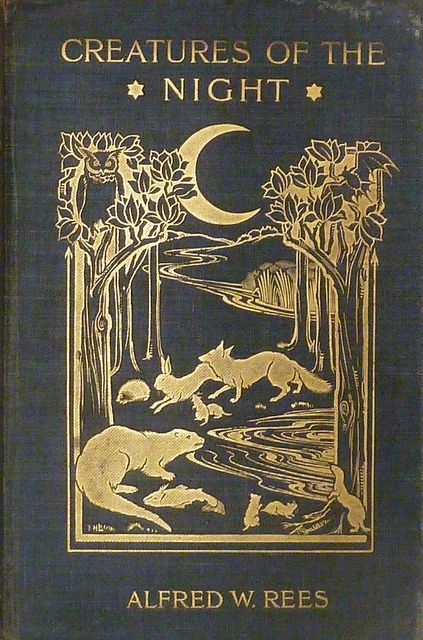




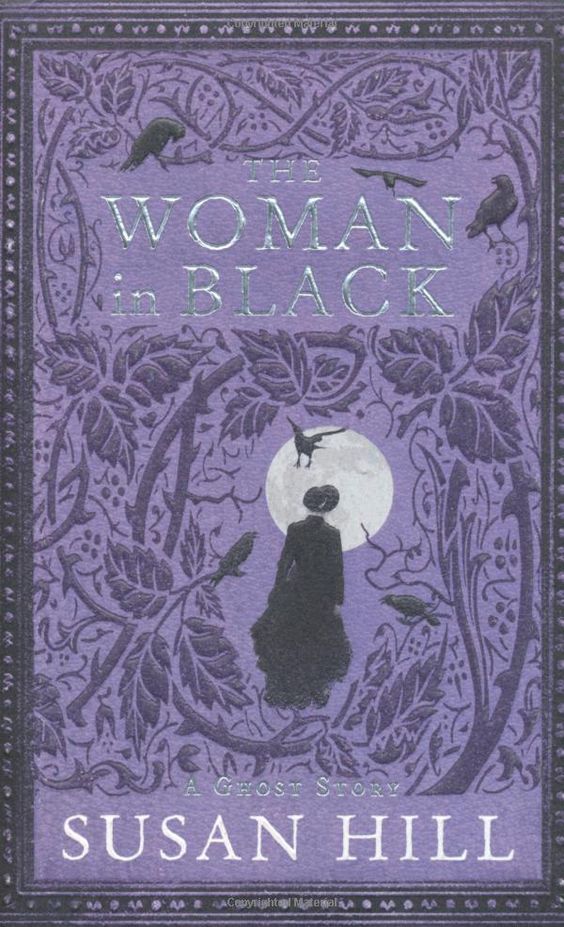
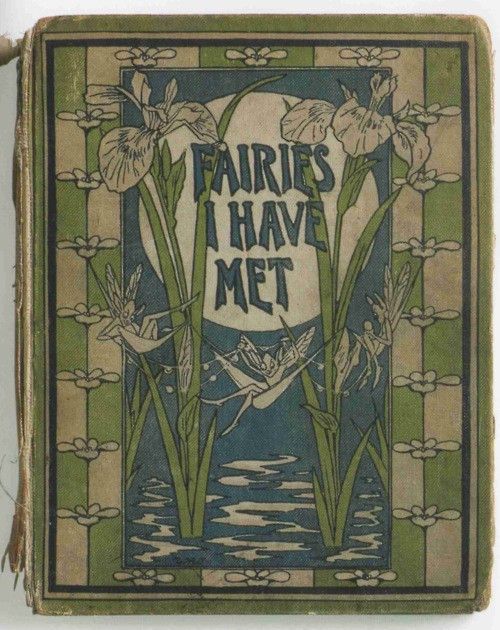
bring this back
It's more than just the Vimes Boots Theory. It's more than just fast fashion. It's over packaging everything! It's using non-reusable and non-renewable resources for packaging and production. It is the water waste in fiber production and processing. It is killing old growth forests for cellulose fabrics rather than using lumber waste. It is the chemical pollution from the dying process. It is the strip mining and strip farming to generate the fiber that becomes your fabrics. It is the sub-substance wages being paid to sewers, cutters, and packing. It is inefficient shipping practices.
Fast fashion is a problem (and a big one). But it is quite possibly the smallest part of a MUCH bigger problem.
I *knew* that companies have been trying to shift blame for damage to the environment onto regular people's buying habits, but it has still somehow been a shock to research a topic and find the internet totally dominated by the narrative that "consumerism" and the desire to buy more stuff is entirely responsible for pollution and landfill waste, instead of factors such as planned obsolescence.
It's insidious—this widespread idea that average people are too greedy, and that's what fuels climate change and pollution. Not greedy companies.
"Consumers shop for clothes to stay on-trend and throw away perfectly good old clothes." "Consumers only wear clothes a few times before throwing them away." "A huge amount of landfill waste comes from clothing that consumers throw out." "Consumers replace their wardrobes arbitrarily to stay on-trend." "Consumer demand for 'fast fashion' is rising spite of the environmental impacts."
Statements like this make it sound like regular people want to buy and waste vast amounts of resources, and normal people's unchecked addiction to shopping is causing environmental devastation. It's horribly misleading when products are being deliberately designed to break or wear out within one or two years and to be impossible to repair.
Instead of "Americans are buying way more clothes than they did 20 years ago, causing lots of landfill waste!"
Where are the articles entitled "Clothing brands are selling poorly-made clothes that have to be replaced much more often than 20 years ago, causing lots of landfill waste!"
